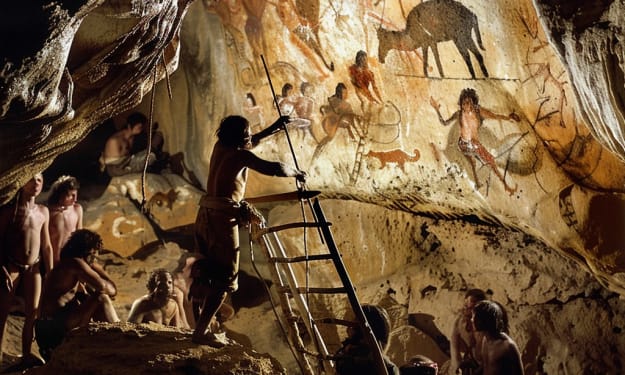
Introduction:
The television industry, with its power to shape culture and influence societal perceptions, has a crucial role to play in promoting diversity and inclusion. Over the years, strides have been made towards greater representation on screen, but there is still much work to be done behind the scenes. This article delves into the opportunities and challenges surrounding diversity and inclusion in the television industry, exploring how it impacts not only the content we consume but also the workforce driving it forward.
Opportunities:
Representation Matters: Diversity in television programming allows for a more accurate reflection of society. When diverse voices are heard and diverse stories are told, it fosters empathy, understanding, and a sense of belonging among viewers from all walks of life.
Creative Innovation: Embracing diversity sparks creativity and innovation. Different perspectives bring fresh ideas to the table, leading to more dynamic storytelling and groundbreaking content that resonates with a broader audience.
Economic Growth: By tapping into diverse talent pools, the television industry can unlock new markets and revenue streams. Embracing diversity isn't just a moral imperative; it's also a smart business move that drives economic growth and sustains the industry's longevity.
Challenges:
Lack of Representation: Despite progress, minorities, women, and LGBTQ+ individuals are still underrepresented both on screen and behind the camera. This lack of representation perpetuates stereotypes and limits opportunities for marginalized groups to break into the industry.
Systemic Bias: The television industry, like many others, grapples with systemic bias and discrimination. From hiring practices to decision-making processes, unconscious biases can hinder the advancement of diverse talent, creating barriers to entry and limiting career progression.
Inclusive Work Environments: Building inclusive work environments where all voices are valued and respected is essential. However, achieving true inclusion requires ongoing efforts to address implicit biases, promote diversity at all levels of the organization, and foster a culture of belonging where everyone feels empowered to contribute.
Jobs in the Television Industry:
Jobs in Television Industry offers a wide range of career opportunities spanning production, writing, directing, editing, and beyond. However, breaking into the industry can be challenging, especially for individuals from underrepresented backgrounds. To promote diversity and inclusion in television jobs, proactive measures must be taken:
Outreach and Recruitment: Television networks, production companies, and studios can actively recruit talent from diverse backgrounds through targeted outreach programs, internships, and mentorship initiatives.
Training and Development: Investing in training and development programs can help bridge the skills gap and provide underrepresented individuals with the tools and resources they need to succeed in the industry.
Mentorship and Networking: Establishing mentorship programs and networking opportunities can facilitate connections between aspiring professionals and industry insiders, offering guidance, support, and valuable career insights.
Diversity in Leadership: Examining the representation of diverse individuals in executive and decision-making roles within television networks, production companies, and studios. Addressing barriers to leadership positions and promoting diverse leadership can have a significant impact on shaping inclusive organizational cultures and decision-making processes.
Intersectionality in Television Representation: Recognizing that individuals possess multiple identities and experiences, exploring how intersectionality influences representation on screen and within the industry workforce. Intersectional perspectives highlight the complexities of identity and the importance of addressing the unique challenges faced by individuals at the intersections of race, gender, sexuality, disability, and other marginalized identities.
Authentic Storytelling: Discussing the importance of authenticity and cultural competence in storytelling, particularly when portraying diverse characters and communities. Collaborating with creators, writers, and consultants from diverse backgrounds can ensure that narratives are accurately and respectfully portrayed, avoiding harmful stereotypes and promoting nuanced representations.
Conclusion:
Diversity and inclusion are not only moral imperatives but also essential drivers of creativity, innovation, and economic growth in the television industry. By embracing diverse voices, fostering inclusive work environments, and promoting equitable opportunities, the industry can continue to evolve and thrive. Together, we can create a television landscape that reflects the richness and diversity of the world we live in, both on screen and behind the scenes.
About the Creator
Letsfame
World’s 1st professional networking & talent hiring app for media & entertainment. Find Cinema Jobs, Connect directly with filmmakers and much more!






Comments
There are no comments for this story
Be the first to respond and start the conversation.